Reviving Cereal-Pulse Crop Rotation: A Leap Towards Agro-Biodiversity and Sustainable Farming
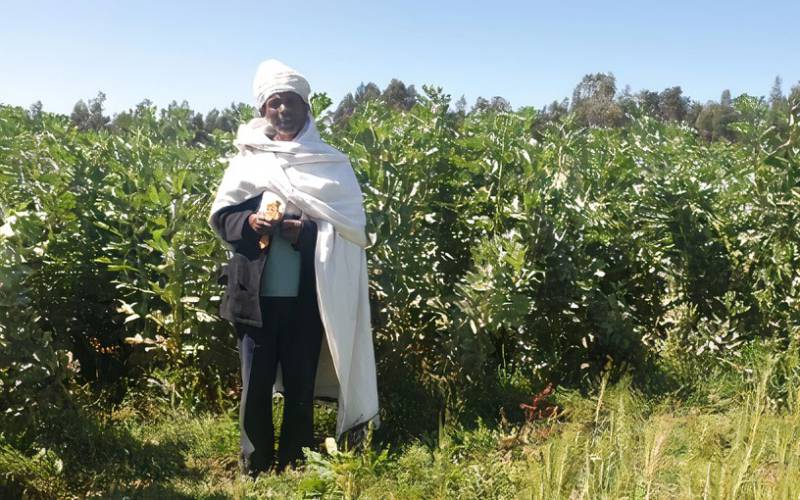
Promoting agro-biodiversity is a cornerstone of regenerative agriculture. These systems protect ecosystem biodiversity by providing habitats for various species, preserving biological diversity both above and below ground, and preventing habitat degradation and loss.
Crop rotation, the practice of growing two or more crops in sequence on the same plot, is an effective method for enhancing biodiversity. This practice suppresses weed growth, disrupts pest and disease cycles, and returns plant residues to the soil. It also offers surface protection, reduces erosion and water evaporation, and improves soil organic content.
Legumes, in particular, play a vital role in this process. They can fix nitrogen from the air using microbes, primarily a symbiotic bacteria called Rhizobium. Rhizobia are bacteria that form a symbiotic relationship with legume plants, converting atmospheric nitrogen into a form that plants can use. Seed inoculation with commercially manufactured rhizobia enhances nitrogen fixation. This natural process enhances soil fertility, slows nutrient depletion, and reduces the risk of total crop failure due to various constraints.
In the Meket district of the Amhara region, farmers had limited crop diversification. They practiced rotation among cereals such as wheat, barley, and teff, but concerns about diseases in pulses led them to avoid producing these crops. To address this, SAA introduced the benefits of wheat-faba bean rotation in the district. This included the use of high-yielding and disease-tolerant faba bean varieties, reduced tillage, and the application of rhizobia inoculation and fungicide spray.
The farmers were impressed by the superior performance, disease tolerance, and grain filling of both the wheat and faba bean crops. This was especially notable when compared to their local varieties and management practices, and it made them eager to learn more.
This practice represents an important step towards improving soil fertility and demonstrates the potential of crop rotation to enhance agro-biodiversity and overall agricultural resilience. This practice represents an important step towards improving soil fertility and demonstrates the potential of crop rotation to enhance agro-biodiversity and overall agricultural resilience.
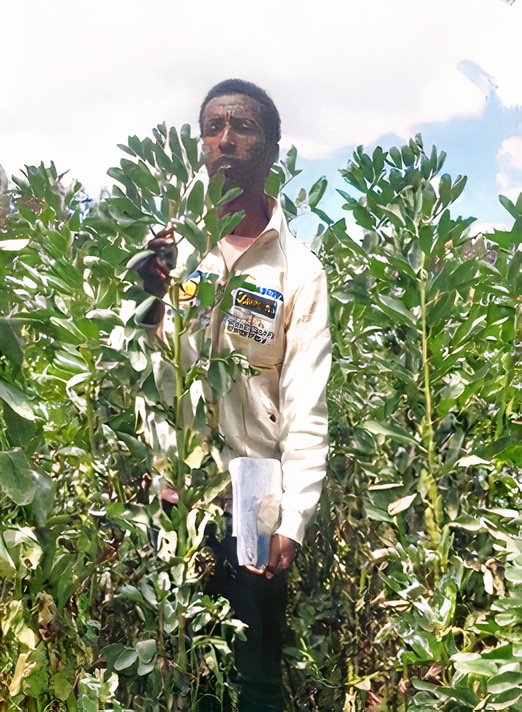 An extension agent proudly showcasing the robust growth and height of an improved faba bean variety in a crop rotation plot.
An extension agent proudly showcasing the robust growth and height of an improved faba bean variety in a crop rotation plot.
SAA Publications
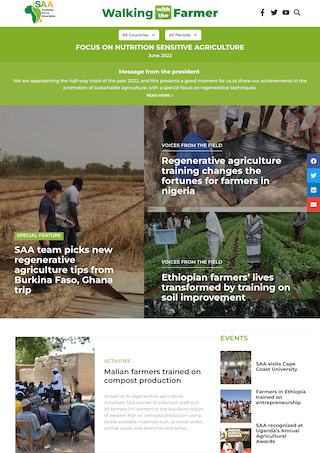
E-newsletter
"Walking with the Farmer"
SAA publishes a bimonthly e-newsletter reporting on SAA activities.
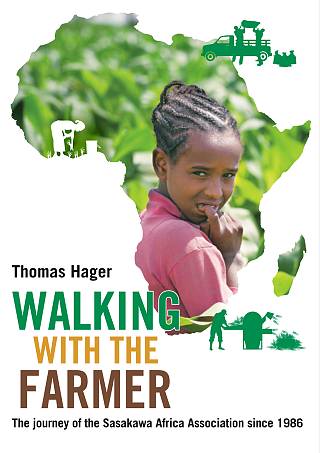
SAA history book
"Walking with the Farmer: The journey of the Sasakawa Africa Assoication since 1986"
This book chronicles the history of SAA from its inception to the present.
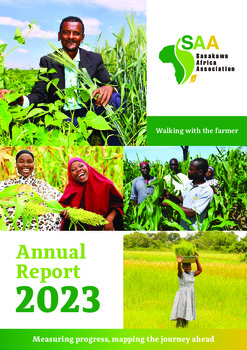
Annual Report
Annual Report FY2023
Annual Report FY2023 is available here.




